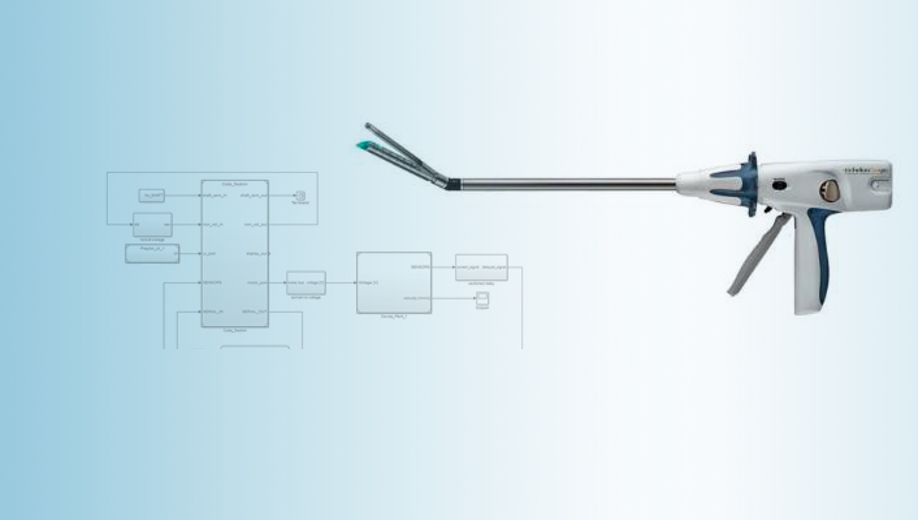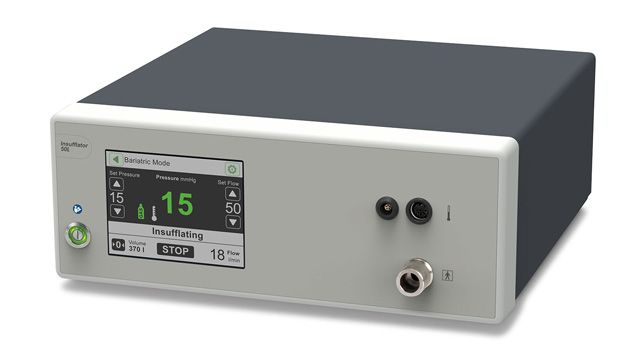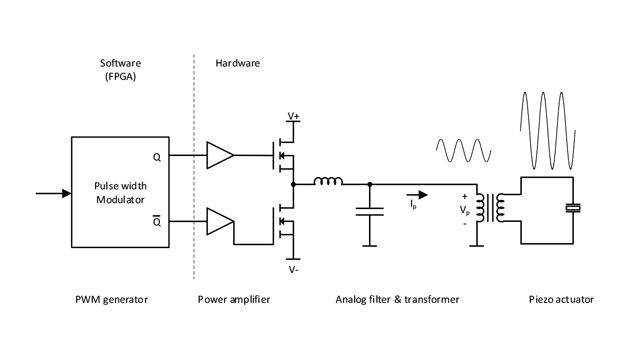MATLAB® and Simulink® enable engineers, researchers, and scientists to design, prototype, and test surgical devices and robots while complying with industry regulations and standards. You can validate MATLAB and Simulink products for FDA/CE regulations and conform to standards such as IEC 62304 in the development process.
With MATLAB and Simulink, you can:
- Design and simulate algorithms for sensor data and control systems
- Create embedded computer vision algorithms for real-time image processing
- Train, validate, and integrate artificial intelligence (AI) models into the system design
- Perform rapid prototyping with real-time hardware platforms
- Develop IEC 62304-compliant embedded software with full requirements traceability
“Model-Based Design is essential to our ability to innovate because it lets us develop new capabilities and deploy them quickly. We can rapidly build a prototype, show that it meets requirements, and then perfect it as we move into the product development phase.”
Using MATLAB and Simulink for Surgical Devices
Designing and Simulating Algorithms for Sensor Data and Control Systems
With MATLAB and Simulink, you can integrate different physical domains in a unified simulation environment to design and test complex surgical devices and robots. You can simulate tactile sensors, multiple degrees-of-freedom, complex kinematics and dynamics, workspace constraints, and advanced control algorithms. Simulations help the system design, which needs to ensure the interoperability of algorithms, sensors, and multibody components in a hardware-independent environment.
Creating Embedded Computer Vision Algorithms for Real-Time Imaging
MATLAB and Simulink provide an environment that enable fast and intuitive development of computer vision algorithms for image enhancement, surgical navigation, and tissue detection. You can quickly prototype different image processing methods and validate their real-world performance. After validation, these algorithms can be optimized for fast real-time imaging by deploying them onto CPUs, GPUs, and FPGAs using automatic code generation.
Integrating AI into the System Design
MATLAB and Simulink provide an end-to-end AI workflow from system-level modeling to embedded-software. You can implement AI models as part of the system design and validate their performance and interoperability using modeling and simulation. For integration, you can generate optimized embedded code for target hardware—all within an IEC 62304-compliant development process using Model-Based Design.
Performing Rapid Prototyping with Real-Time Hardware Platforms
With MATLAB and Simulink, you can move from system-level simulation to real-time testing with rapid prototyping. New design ideas can quickly be implemented and tested on a hardware-in-the-loop (HIL) platform that represents the final product. This workflow lets you verify the safety and performance of algorithms on the surgical device while shortening the overall development process.
Explore Products
Developing IEC 62304-Compliant Embedded Software
You can develop IEC 62304-compliant embedded software for surgical devices using Model-Based Design with MATLAB and Simulink. Model-Based Design incorporates verification and validation into the software development workflow and establishes a common framework for designing safe and tested software for medical devices. Most of the documentation required by the IEC 62304 standard is automatically created with full traceability using MATLAB and Simulink.

Learn More
- Developing IEC 62304–Compliant Embedded Software for Medical Devices
- Khawaja Medical Technology Achieves IEC 62304 Compliance for ECG Analysis Software
- ITK Engineering Develops IEC 62304–Compliant Controller for Dental Drill Motor with Model-Based Design
- Miracor Eliminates Run-Time Errors and Reduces Testing Time for Class III Medical Device Software

Contact Us

Build Your Startup with MATLAB and Simulink
See how other startups use MATLAB.






